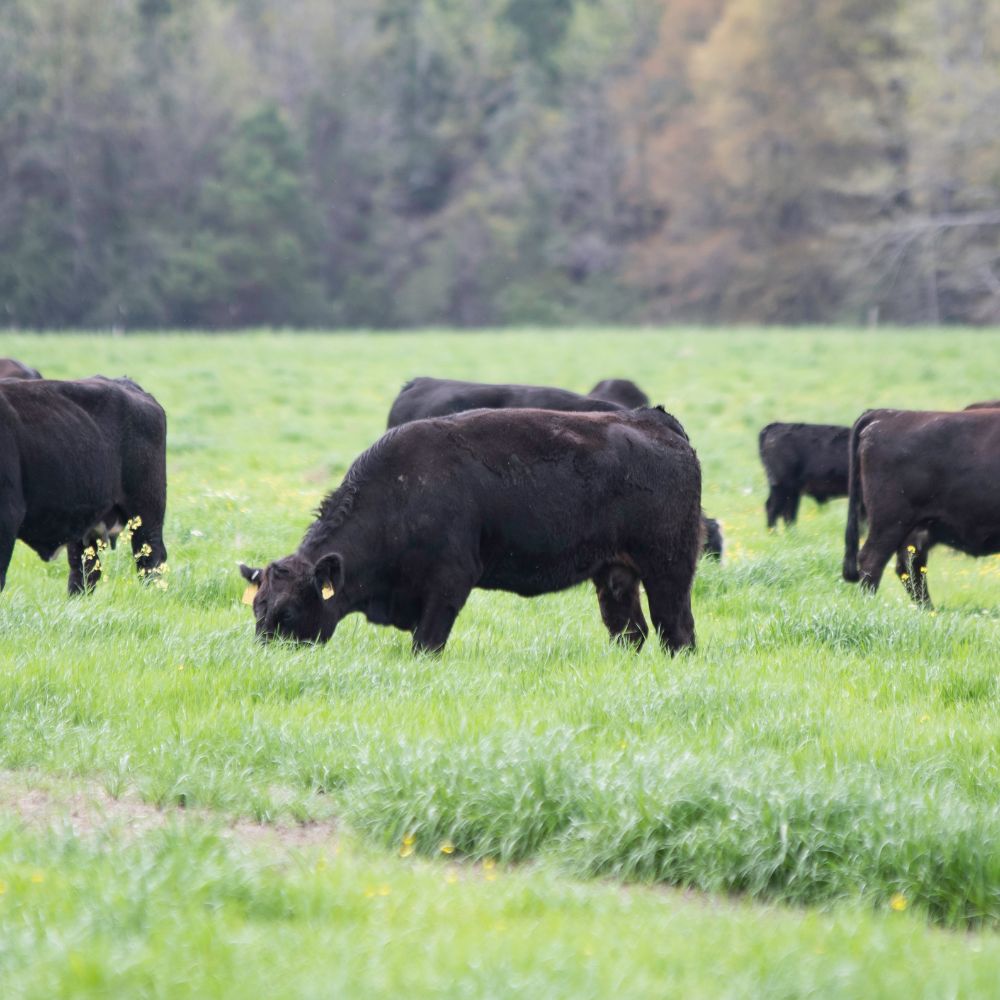Bagley Risk Management Can Be Fun For Everyone
Bagley Risk Management - An Overview
Table of ContentsBagley Risk Management Fundamentals ExplainedThe Single Strategy To Use For Bagley Risk Management4 Easy Facts About Bagley Risk Management ExplainedAll About Bagley Risk ManagementThe Greatest Guide To Bagley Risk ManagementThe Ultimate Guide To Bagley Risk Management
When your contract reaches its end date, the final price is calculated making use of the CME Feeder Livestock Index. If the index falls below your agreement's insurance coverage cost, you might be paid the difference.Animals Threat Defense (LRP) is a USDA subsidized insurance policy program that assists shield producers from the threats that originate from market volatility. With LRP, producers have the ability to insure a floor rate for their cattle and are paid an indemnity if the marketplace worth is less than the insured cost.
This product is intended for. Livestock insurance.
An Unbiased View of Bagley Risk Management

In the last number of months, numerous of us at FVC and PCM have obtained inquiries from producers on which danger monitoring tool, LRP vs. Futures, is better for a pork producer? Like many tools, the answer relies on your operation's objectives and situation. For this edition of the Dr.'s Corner, we will analyze the situations that tend to favor the LRP device.
In Mike's evaluation, he contrasted the LRP estimation versus the future's market close for every day of the past twenty years! The portion expressed for each month of the given year in the first section of the table is the percentage of days in that month in which the LRP computation is less than the futures close or in various other words, the LRP would potentially indemnify even more than the futures market - https://www.find-us-here.com/businesses/Bagley-Risk-Management-Shipman-Illinois-USA/33990754/. (National livestock insurance)
As an example, in January 2021, all the days of that month had LRP potentially paying greater than the futures market. Alternatively, in September 2021, all the days of that month had the futures market possibly paying even more than LRP (absolutely no days had LRP less than futures close). The propensity that reveals itself from Mike's evaluation is that a SCE of a LRP has a higher probability of paying extra versus futures in the months of December to May while the futures market has a higher possibility of paying much more in the months of June to November.
A Biased View of Bagley Risk Management

50 or $5. 00). As an instance, in 2019, LRP was better or within a $1. 25 of the futures market over 90% of the days in all the months except June and August. Table 2 shows the typical basis of the SCE LRP computations versus the future's close for the offered period each year.
Again, this data sustains much more chance of an SCE of a LRP being better than futures in December through May for the majority of years. As a typical care with all evaluation, previous efficiency is NO guarantee of future efficiency! Also, it is critical that manufacturers have accounting procedures in position so they recognize their expense of manufacturing and can better identify when to use danger management tools.
Some Ideas on Bagley Risk Management You Should Know
Some on-farm feeders may be considering the requirement for rate defense right now of year on calves maintained with the intent to feed them to a finish weight at some point in 2022, utilizing available feed sources. In spite of solid fed cattle costs in the present local market, feed prices and present feeder calf worths still make for limited feeding margins moving ahead.
The existing average auction cost for 500-600 extra pound steers in Nebraska is $176 per cwt. This suggests a break-even cost of $127. The June and August live livestock agreements on the CME are presently trading for $135.
Cattle-feeding ventures see this here have a tendency to have tight margins, like lots of farming enterprises, due to the competitive nature of business. Livestock feeders can bid more for inputs when fed cattle costs rise. https://soundcloud.com/bagley-risk-management. This raises the cost for feeder livestock, particularly, and rather raises the costs for feed and other inputs
Bagley Risk Management for Dummies
Nebraska cattle are close to major handling facilities. As a result, basis is positive or zero on fed livestock across much of the state.
Only in 2020 did the LRP protection rate exceed the finishing worth by adequate to cover the costs price. The internet impact of having this LRP protection in 2019-20 was considerable, including $17. 88 per cwt. down line. The outcome is a positive ordinary web outcome over all 5 years of $0.
37 The producer premium declines at lower coverage degrees but so does the protection cost. Because manufacturer costs are so low at reduced coverage levels, the manufacturer loss ratios (indemnity/premium) increase as the insurance coverage degree declines.
Bagley Risk Management Fundamentals Explained
In basic, a manufacturer ought to take a look at LRP insurance coverage as a mechanism to safeguard outcome price and succeeding revenue margins from a danger monitoring viewpoint. Some manufacturers make a case for guaranteeing at the reduced degrees of protection by concentrating on the decision as a financial investment in threat monitoring protection.
